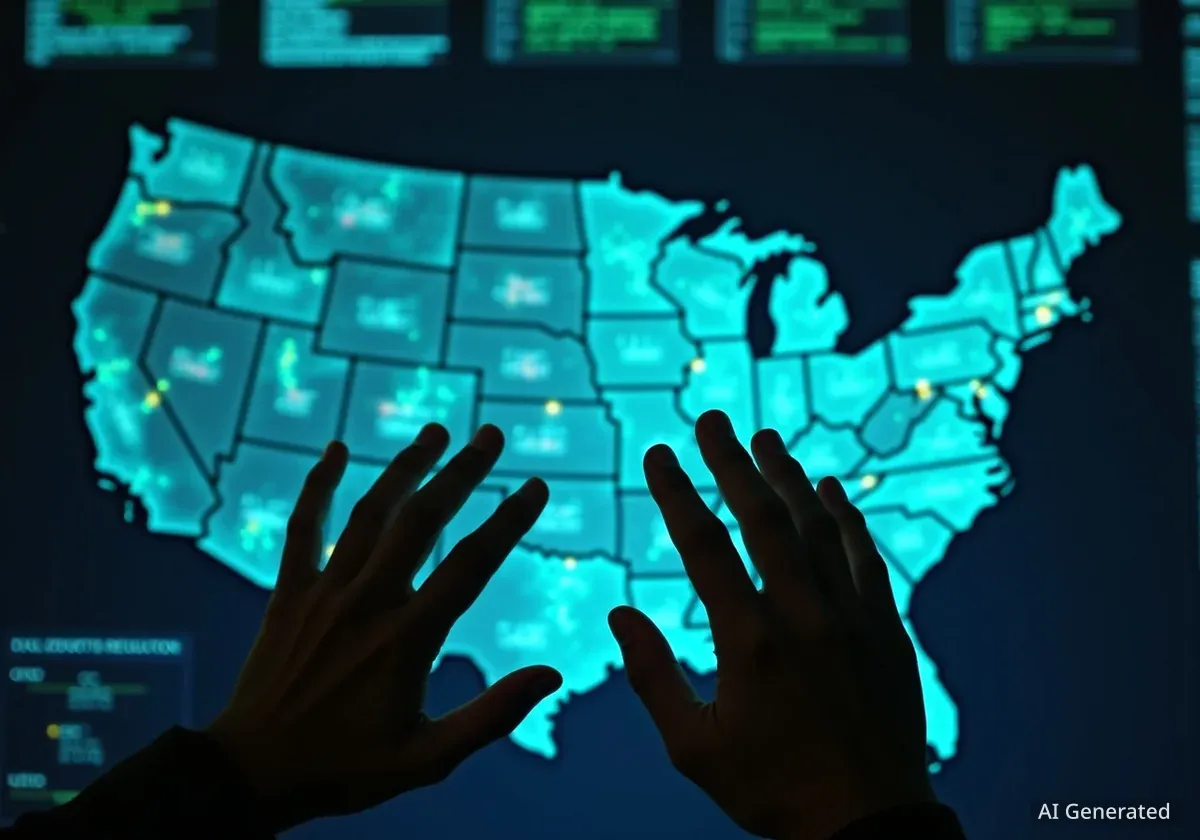A fire at the National Information Resources Service in Daejeon on September 26 has caused a massive disruption of essential public services across South Korea. The incident knocked hundreds of government online systems offline, affecting banking, postal services, civil document issuance, and emergency response, leading to significant inconvenience for citizens and businesses nationwide.
The outage impacted a total of 647 administrative services, with 436 of them being platforms used directly by the public. As government agencies scrambled to implement workarounds, citizens found themselves unable to access funds, send packages, or complete routine administrative tasks, with full restoration efforts still underway.
Key Takeaways
- A fire at a national data center in Daejeon disrupted 647 government online services.
- Citizens faced paralysis of postal, banking, and civil document issuance systems.
- Emergency services, real estate transactions, and welfare applications were also affected.
- Officials have resorted to manual processes and in-person applications as a temporary solution.
Scope of the Nationwide System Failure
The fire, which occurred on Thursday, September 26, had a cascading effect on the country's digital infrastructure. The National Information Resources Service is a critical hub that hosts the servers for numerous government departments, local governments, and public institutions. The resulting shutdown affected more than 430 services essential for daily life.
Among the most critical systems taken offline was 'Government24,' the primary portal for citizens to access official documents. This failure meant that unmanned kiosks for issuing civil documents, such as resident registration transcripts and real estate records, became inoperable. Citizens requiring these documents were forced to visit district offices and community centers in person.
The disruption also extended to the internal workings of the government. Approximately 211 of the affected networks were administrative systems used by public officials, including the 'Onnara System' for drafting and approving official documents. A government employee noted the difficulty, stating, "We are using KakaoTalk to send official documents since there is no other way." For sensitive information, officials resorted to printing and physically sharing documents due to security concerns.
Outage by the Numbers
- 647 total administrative services disrupted.
- 436 citizen-facing services went offline.
- 211 internal government networks were paralyzed.
Immediate Impact on Financial and Postal Services
The public felt the consequences almost immediately, particularly in the financial and postal sectors. The post office, a key provider of both financial and delivery services, experienced severe disruptions. Automated teller machines (ATMs) were unavailable, and attempts to use post office-issued check cards were declined.
Park Sang-ho, a 48-year-old from Seoul, shared his experience. "I was shocked when my attempt to use a post office check card at a supermarket was declined," he said. The timing was particularly difficult as it coincided with the lead-up to the Chuseok holiday, a period of high shipping volume. Many citizens worried about the status of their packages.
"I sent premium Korean beef, known as hanwoo, and fish to my son via postal delivery and am worried they might spoil," said Jeong, a 58-year-old homemaker from Cheonan.
The post office announced that financial services were restored by 9 p.m. on September 28, with a goal to normalize all parcel and mail services by the morning of the 29th.
Banking and Identification Challenges
Commercial banks also faced significant operational hurdles. The system used for verifying identity through resident registration information was paralyzed. This prevented banks from processing applications for new cards, opening accounts, or approving loans for customers who only had their resident registration cards for identification.
Banks advised customers to bring alternative forms of ID, such as passports or driver's licenses, to complete transactions. Even physical resident registration cards were reportedly unusable for digital verification. In response, some banks temporarily suspended their mobile app services to prevent further complications.
Disruptions Across Multiple Government Agencies
The outage's impact was felt across a wide range of government functions, highlighting the deep integration of digital systems in public administration.
Key Affected Government Platforms
The fire impacted numerous specialized government websites and systems, including those for real estate, welfare, legal proceedings, and public procurement, forcing a revert to older, manual methods.
- Real Estate Transactions: The Ministry of Land, Infrastructure and Transport’s system for reporting property sales and leases became inaccessible. The ministry assured the public that no penalties would be applied for missed reporting deadlines and directed urgent cases to local government offices.
- Welfare Services: The 'Bokjiro' website, used for applying for child allowances, basic pensions, and other benefits, went down. The Ministry of Health and Welfare instructed applicants to visit community centers to file in person.
- Legal System: The court’s electronic litigation portal and the internet registry office were also affected. However, systems for real estate and corporate registry inquiries remained operational.
- Public Procurement: 'Narajangteo,' the bidding site for public projects, was nonfunctional, creating uncertainty for companies planning to participate in government tenders.
- Funeral Services: The 'e-Haneul Funeral Information System' outage complicated cremation reservations, forcing families to contact crematoriums directly by phone.
Public Safety and Emergency Response Compromised
Perhaps most critically, the data center fire compromised aspects of the nation's emergency response system. While emergency calls and text messages to the 119 service remained functional, more advanced reporting methods were disabled.
Smartphone video reports and online filings, which rely on server access, were impossible. Furthermore, the system that automatically tracks the location of a 119 caller was also knocked offline by the fire, potentially slowing down response times.
The outage also affected regional disaster communication. In Jeollabuk Province, officials were unable to send emergency disaster texts because the dispatch server was located at the damaged data center. They had to rely on social media to inform residents of the situation. While mobile ID services were restored on September 28, experts recommended that citizens carry their physical IDs as a precaution.





